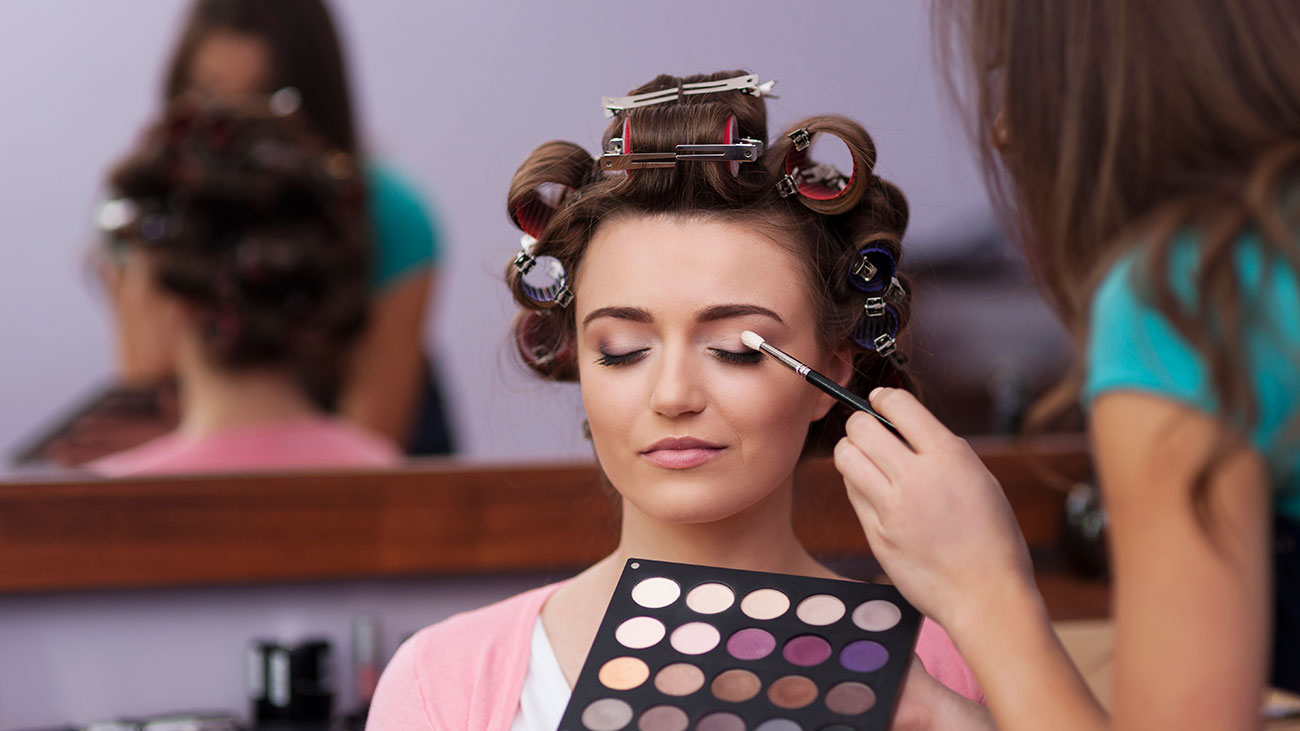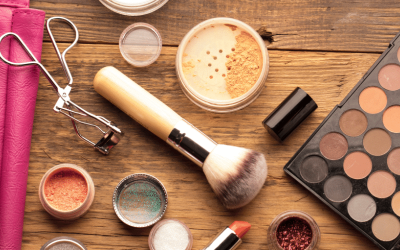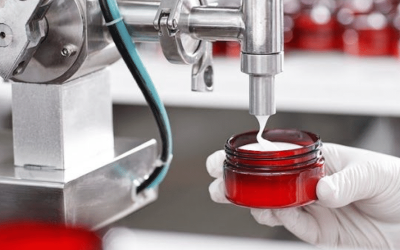1. Overview of CDSCO
Central Drug Standard and Control Organization (CDSCO) is the competent regulatory body of India, which regulates the medical devices and cosmetic in India. CDSCO aims to ensure that cosmetics and medical devices being sold in the Indian market are safe and effective to use and do not cause any harm. Unlike medical device cosmetics are not implanted in body but used on the body and thus need rules and regulations to keep people safeguard from the risks associated with the use of cosmetics. To regulate cosmetic manufacturing and import in India CDSCO follows Drug and Cosmetic Act 1940 and Rules 1945. It is very important for manufacturer and importer to follows Drug and Cosmetic Act 1940 and Rules 1945 to register, manufacture, import, store, label, transport and advertise the cosmetics in Indian consumers. Thus, anyone planning to enter the cosmetic market must be familiar with these rules and acts.
2. What are cosmetics
As per the Drugs and Cosmetics Act, 1940, Cosmetics is “any article that can be rubbed, poured, sprinkled, sprayed, applied or introduced to any part of the human body to increase the beauty, appearance or attractiveness or any part that consumers can use in cosmetic.
3. What is make up
Make up also called as cosmetics, refers to the collection of products and techniques that are used to enhance the beauty or alter the appearance of a person. Various cosmetics product is involved in the term make up that can be applied on the face, skin, and sometimes other parts of the body. The make up products involved various items such as foundation, mascara, kajal, lipsticks, powder, blush, eyeshadow, and many more. These products can be found in various skin tones and textures as per the preference of the user. There are various techniques involved in makeup such as blending, contouring, highlighting, and shading to achieve the desired look. It can be used in everyday life or occasionally depending on the choice of the consumer. Make up is used widely by most of the individuals irrespective of their genders to enhance their appearance, to express themselves, boost self-confidence etc.
4. Types of make-up
There is not particular type of make-up, below is a given list of products that can fall under the make-up.
- Foundation: Used to create an even skin tone and provide coverage for imperfections.
- Concealer: Used to cover blemishes, dark circles, and other skin imperfections.
- Powder: Applied to set foundation, control shine, and create a matte finish.
- Blush: Adds colour and definition to the cheeks for a healthy, flushed look.
- Bronzer: Applied to add warmth, depth, and a sun-kissed glow to the face.
- Highlighter: Used to accentuate the high points of the face and create a radiant, luminous effect.
- Eyeshadow: Adds colour and dimension to the eyelids.
- Eyeliner: Used to define the eyes by creating lines or enhancing the lash line.
- Mascara: Applied to darken, lengthen, and volumize the eyelashes.
- Eyebrow products: Used to fill in, shape, and define the eyebrows.
- Lipstick: Adds colour and finish to the lips.
- Lip gloss: Provides shine and a glossy finish to the lips.
- Lip liner: Used to define and shape the lips, prevent lipstick bleeding, and enhance longevity.
- Setting spray: Applied to set the makeup, increase longevity, and provide a dewy or matte finish.
- These are just a few examples, and the makeup industry offers a wide range of products with different formulations, colours, and finishes to suit individual preferences and desired makeup looks.
5. Category of make-up
Unlike medical devices CDSCO do not classify the cosmetics into different classes based on the risks involved. While cosmetics categorised as per the category list given by the authority depends upon their intended use. Below listed are the categories which are given by CDSCO for the Make-up products:
- Foundation
- Concealer
- Other face make-up products
- Mascara
- Eye shadow
- Eye pencil
- Eye liner
- Other eye make-up products
- Lip stick
- Lipstick sealer
- Other lip make-up products
- Body or face paint, including “carnival make-up”
- Other make-up products
6. Forms required
Application Form | Approval Form | Fees | Licensing authority | Validity | Penalty |
Form Cos -1: Application to import cosmetic | Form Cos- 2: Permission to import cosmetics | $1000 for each category+ $50 for each variant + $500 for each manufacturing site |
CDSCO | Five years | Under section 10 A, a person can get imprisonment for three years, a five thousand fine, or both. |
Form Cos– 5: Application to manufacture cosmetic | Form Cos– 8: Permission to manufacture cosmetics | Rs. 10,000/- (Ten items of each category are free) | Five years | A person can get imprisonment for one year, a one thousand fine, or both, which can be further extended to 2 years imprisonments and fine up to INR 2000. | |
Form Cos– 6: Application for loan license to manufacture cosmetics. | Form Cos– 9: Permission for loan license to manufacture cosmetics. | Rs. 2500 with inspection fees of 1k for each inspection. | Five years | NA |
7. Documents for cosmetics business
To manufacture | To import |
Form Cos –5; Adhar card number with valid mobile number (mandatory) | List of documents required for Import registration in COS-2: Document required from overseas manufacturer: – Legal documents (which need to be attested): · First Schedule · Frees Sale certificate · GMP certificate of actual manufacturing site – Technical Documents (on manufacturer’s letterhead with a sign and stamp): · Product Specification/COA · Ingredients List · Testing Method · Heavy Metal declaration · Non-animal testing declaration Documents from Authorised Agent: · Cover Letter · Second Schedule
v The applicants must provide the translated version if any documents are in any foreign language. Payment of fee on Bharat Kosh Submission of COS-1 |
Fees challan; Cover letter |
After getting the registration certificate, · if there are any change in labelling or composition or testing, or specification or in documentation of any of the cosmetic pertaining to this Registration Certificate, etc., then it needs to be informed to CLA within 30 days of such changes. · And If there is any Change in Name or address of Authorised agent or Legal manufacturer without constitution change, then it needs to be informed to CLA within 60 days of such changes. |
Ownership of the cosmetics brand. | An affidavit shall be present if there is no provision for a manufacturing license for cosmetics in a country. |
Documents of the firm constitution, such as the article of association | Those cosmetics products imported for R & D purpose registration certificate is not required. |
Declaration of partners and the list with the names of Directors, Partners, and Trustees with their complete addresses | Fresh/ New registration cases: · Any change in constitution of a Licensee. · In case of acquisition or merger of company with any other company. · Change in share capital or in Board of directors · proprietorship to partnership including Limited Liability Partnership or vice versa, · conversion from a private to a public company, or from a public to a private company |
Power of Attorney on behalf of the company to authorized agents to submit applications | No fresh/new registration cases: · Testing Method change. · Composition change · Updates in packs and labels · Minor manufacturing changes not affecting the final product · Change in Name or address of Authorised agent or Legal manufacturer without constitution change.
v A fresh registration certificate has been taken from the CLA within 180 days of such change. |
Approved layout plan for manufacturing site with the section-wise layout of the site and machines. |
|
Possession of documents such as ownership. Registry, lease, rent papers. |
|
Master file of the site. |
|
List of plant, machinery section wise, and safety equipment |
|
Technical staff’s full particulars. |
|
Declaration of manufacturing analytical chemist |
|
List of cosmetic products with their composition formula and manner of labelling. |
|
Manufacturing process details, flow chart of the process. |
|
Details of the water system with water testing report. |
|
Registration from the district industries centre. |
|
Consent for manufacturing site from state pollution control. |
|
NOC from the fire safety office |
|
Approval from the government for testing. |
|
8. Steps to register cosmetics in India
Step 1 : Determine if the products fall under cosmetic category from the list available in Drug and Cosmetic Act 1940 and Rules 1945
Step 2 : Fill the application based on the role – manufacturer or importer.
Step 3 : Licensing authority will scrutinize the documents
Step 4 : Submit the documents based on the role -manufacturer or importer.
Step 5 : If you are an importer don’t forget to appoint the authorized agent
Step 6 : Licensing authority satisfied with the documents.
Step 7 : Grant of permission for manufacturing or import based on the application submitted.
Step 8 : Market the cosmetic product in India.
Conclusion: In 2023, the cosmetic market in India generated a revenue of US $6.27 billion and is expected to grow at a compound annual growth rate (CAGR) of 2.87% from 2023 to 2027. India holds the fourth position in terms of revenue generation from the cosmetics industry, trailing behind the United States, China, and Japan. This indicates the significant potential and market opportunities for cosmetic businesses in India. With the growth potential of the Indian cosmetic market, understanding and following the registration process set by the CDSCO is vital for businesses aiming to establish a presence and meet the demands of Indian consumers. By complying with the regulations and providing safe and effective cosmetic products, companies can tap into the Indian market and contribute to its growth and development.
CDSCO License Renewal Made Easy: Download What Importers Need to Know
Simplify CDSCO license renewal with our comprehensive guide. Download now to understand the requirements and smoothly renew your license.







